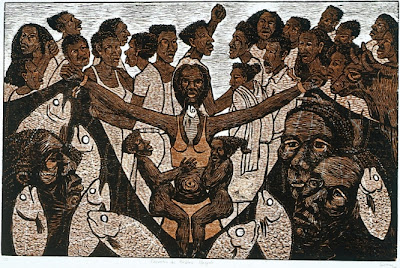Art Institute of Chicago,,,,,
The Art Institute of Chicago is one of Chicago's most famous cultural gems and is a must-see for Chicagoans and visitors alike.
The Art Institute is located on Chicago's famous Michigan Avenue and is part of Grant Park. It has been at this address since 1893 and houses the third largest art collection in the nation admired by millions of visitors each year.
History of Art Institute of Chicago :

In 1866, a group of 35 artists founded the Chicago Academy of Design in a studio on Dearborn Street, with the intent to run a free school with its own art gallery. The organization was modeled after European art academies, such as the Royal Academy, with Academians and Associate Academians. The Academy's charter was granted in March 1867.
Classes started in 1868, meeting every day at a cost of $10 per month. The Academy's success enabled it to build a new home for the school, a five story stone building on 66 West Adams Street, which opened on November 22, 1870.
When the Great Chicago Fire destroyed the building in 1871 the Academy was thrown into debt. Attempts to continue despite of the loss, using rented facilities, failed. By 1878, the Academy was $10,000 in debt. Members tried to rescue the ailing institution by making deals with local businessmen, before some finally abandoned it in 1879 to found a new organization, named the Chicago Academy of Fine Arts. When the Chicago Academy of Design went bankrupt the same year, the new Chicago Academy of Fine Arts bought its assets at auction.
In 1882, the Chicago Academy of Fine Arts changed its name to the current Art Institute of Chicago The same year, they purchased a lot on the corner of Michigan Avenue and Van Buren Avenue for $45,000. The property's building was leased, and a new building was constructed behind it to house the school's facilities.
With the announcement of the World's Columbian Exposition to be held in 1892–93, the Art Institute pressed for a building on the lakefront to be constructed for the fair, but to be used by the Institute afterwards. The city agreed, and the building was completed in time for the second year of the fair. Construction costs were paid by selling the Michigan/Van Buren property. On October 31, 1893, the Institute moved into the new building. From the 1900s (decade) to the 1960s the school offered with the Logan Family (members of the board) the Logan Medal of the Arts, an award which became one of the most distinguished awards presented to artists in the US.
Between 1959 and 1970, the Institute was a key site in the battle to gain art & documentary photography a place in galleries, under curator Hugh Edwards and his assistants.
As Director of the museum starting in the early 1980s, James N. Wood conducted a major expansion of its collection and oversaw a major renovation and expansion project for its facilities. As "one of the most respected museum leaders in the country", as described by The New York Times, Wood created major exhibitions of works by Paul Gauguin, Claude Monet and Vincent van Gogh that set records for attendance at the museum. He retired from the museum in 2004.[5]
In 2006, the Art Institute began construction of "The Modern Wing", an addition situated on the southwest corner of Columbus and Monroe. The project, designed by Pritzker Prize winning architect Renzo Piano, was completed and officially opened to the public on May 16, 2009. The 264,000-square-foot (24,500 m2) building makes the Art Institute the second largest art museum in the United States. The building houses the museum's world-renowned collections of 20th- and 21st-century art, specifically modern European painting and sculpture, contemporary art, architecture and design, and photography.
One of the Thorne Miniature Rooms:
number of other works. Located on the lower level are the Thorne Miniature Rooms which 1:12 scale interiors showcasing American, European and Asian architectural and furniture styles from the Middle Ages to the 1930s (when the rooms were constructed).[8] Another special feature of the museum is the Touch Gallery which is specially designed for the visually impaired. It features several works which museum guests are encouraged to experience though the sense of touch instead of through sight as well as specially designed description plates written in braille.[9] The American Decorative Arts galleries contain furniture pieces designed by Frank Lloyd Wright and Charles and Ray Eames. The Ancient Egyptian, Greek, and Roman galleries hold the mummy and mummy case of Paankhenamun,[10] as well as several gold and silver coins.
In addition to paintings, the Art Institute offers a Richmond Barthé "Boxer" (the Cuban featherweight, "Kid Chocolate"), 1942
In his piece "The Octoroon Girl", (1925) Motley challenges the conventional image of an African American. While the woman in the painting fits the mold of "whiteness," she actually is 1/8 black. Breaking away from the traditional views of blacks was indicative of the time period. References such as octoroon or mulatto were used to describe how much "black blood" a person possessed. Motley takes this concept from a negative connotation to one that is independent of social status
Art Institute of Chicago - overview :








